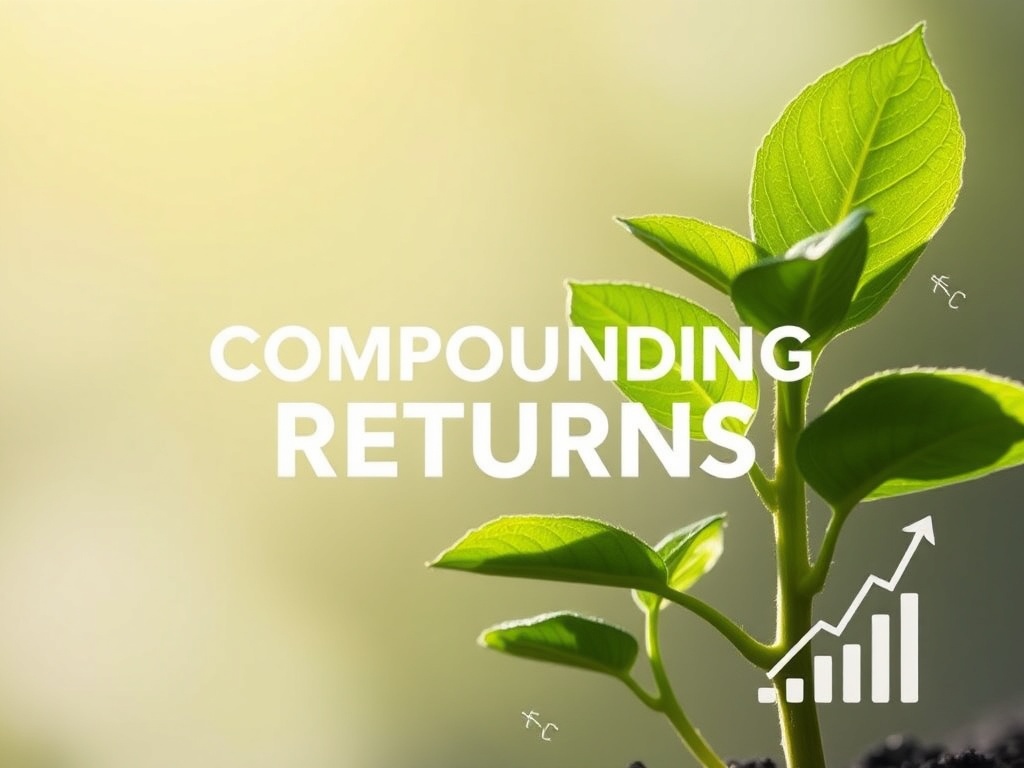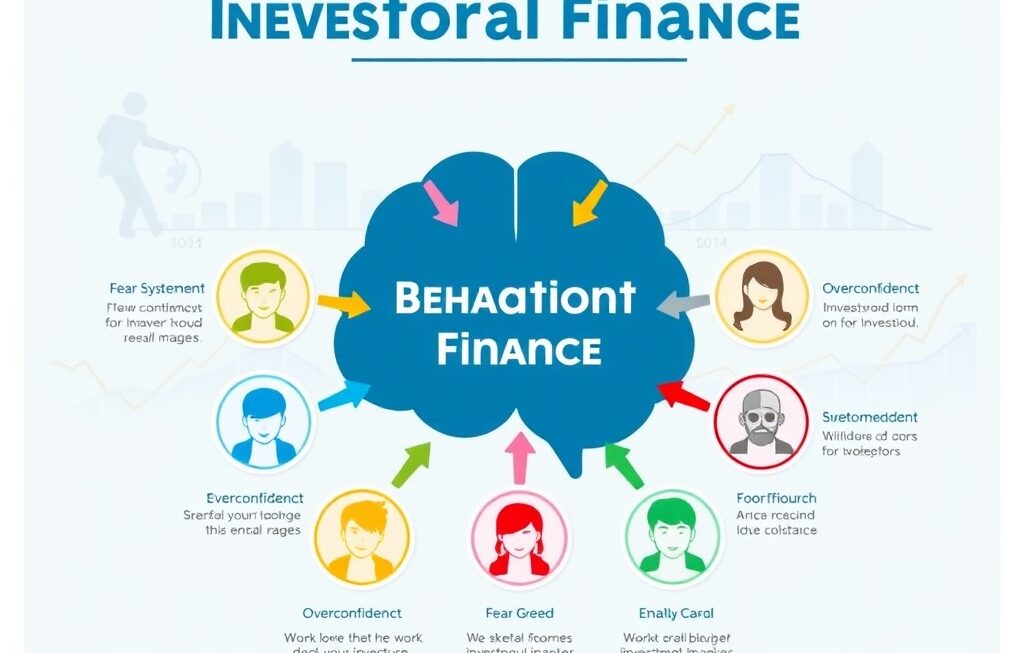Long-term investing is one of the most reliable ways to build sustainable wealth and achieve financial security. Unlike short-term speculation, which depends heavily on timing and market volatility, long-term strategies focus on consistency, patience, and compounding returns over time. Whether you’re an individual investor or managing institutional assets, understanding how to design and maintain an effective long-term investment plan can make the difference between financial stress and long-term success.
This article explores the key principles, asset classes, and strategies that define successful long-term investing in today’s global economy.
Understanding the Philosophy of Long-Term Investing
At its core, long-term investing is built on the principle of time in the market, not timing the market. This means prioritizing consistent participation in financial markets rather than attempting to predict short-term movements. Markets fluctuate daily, but over time, they have historically trended upward, rewarding disciplined investors who remain patient and focused on fundamentals.
The long-term approach also emphasizes compounding returns, where reinvested earnings generate additional earnings. This exponential effect is what allows investments to grow significantly over decades. The key is staying invested, even during downturns, and maintaining a diversified portfolio that can weather market cycles.
The Power of Compounding
Compounding is the cornerstone of long-term wealth creation. When you reinvest dividends, interest, or capital gains, your money begins to generate returns on both the initial investment and its accumulated earnings. Over years or decades, this snowball effect can lead to exponential growth.
For example, an investor who starts with $10,000 and earns an average annual return of 8% will have nearly $100,000 after 30 years. The secret is not just the rate of return—but time. The longer your money remains invested, the greater the compounding effect.
Therefore, one of the most effective long-term investment strategies is simply to start early and stay consistent.
Setting Clear Investment Goals
Successful investing begins with clear, measurable goals. These can range from saving for retirement or education to achieving financial independence. Setting specific goals helps determine your risk tolerance, time horizon, and asset allocation strategy.
Ask yourself:
- What is the purpose of this investment?
- When will I need to access the funds?
- How much volatility can I tolerate emotionally and financially?
Defining these parameters will guide your investment decisions and prevent emotional reactions during market fluctuations.
Diversification: The Foundation of Long-Term Stability
Diversification is one of the most effective risk management tools in investing. By spreading investments across asset classes, sectors, and regions, investors reduce the impact of poor performance in any single area.
A diversified long-term portfolio might include:
- Equities (stocks): For growth potential.
- Bonds: For stability and income generation.
- Real estate: For inflation protection and steady returns.
- Alternative assets: Such as commodities, private equity, or hedge funds.
Diversification doesn’t eliminate risk, but it helps smooth returns over time, protecting investors from the full brunt of market downturns.
The Role of Asset Allocation
Asset allocation—the distribution of investments across various asset categories—is the most critical factor influencing long-term portfolio performance. Studies have shown that asset allocation accounts for more than 90% of a portfolio’s variability in returns.
Generally:
- Younger investors can afford more exposure to equities, given their longer time horizon.
- Older investors may prioritize bonds and income-producing assets for stability.
A common long-term strategy is the “60/40 portfolio”—60% stocks and 40% bonds—but this can be adjusted based on personal goals and market conditions. Regularly rebalancing your portfolio ensures that your asset mix stays aligned with your objectives and risk profile.
Investing in Index Funds and ETFs
For most long-term investors, simplicity beats complexity. Index funds and exchange-traded funds (ETFs) offer broad market exposure, low fees, and consistent performance relative to market benchmarks. Instead of trying to pick winning stocks, investors can own a diversified basket of securities that tracks entire markets—such as the S&P 500 or global equity indexes.
These passive investment vehicles outperform most actively managed funds over time, primarily due to lower costs and reduced turnover. For individuals seeking a hands-off approach to wealth accumulation, index investing remains one of the most powerful long-term strategies available.
Dollar-Cost Averaging: Investing with Consistency
Another proven technique for long-term investors is dollar-cost averaging (DCA). This strategy involves investing a fixed amount of money at regular intervals, regardless of market conditions. By doing so, you buy more shares when prices are low and fewer when prices are high, lowering the average cost per share over time.
DCA removes the emotional component of investing—fear during downturns and greed during rallies—by automating consistency. It’s particularly effective for individuals investing through retirement accounts or monthly savings plans.
The Importance of Patience and Emotional Discipline
One of the biggest challenges in long-term investing isn’t technical—it’s psychological. Markets are volatile, and downturns can trigger fear, leading investors to sell at the worst possible time. However, history shows that markets recover, often reaching new highs after crises.
Emotional discipline means staying focused on long-term goals rather than short-term fluctuations. Maintaining a written investment plan, avoiding panic-driven trades, and trusting the process are essential to achieving sustainable success.
Long-Term Investing in Equities
Stocks have historically delivered the highest returns among major asset classes over long periods. They represent ownership in companies, meaning investors benefit directly from corporate growth and profitability. Long-term equity investing allows you to participate in the innovation, expansion, and productivity of the global economy.
However, equity markets are cyclical. To succeed, investors should focus on:
- Quality companies with strong fundamentals.
- Consistent dividend growth.
- Global diversification to reduce regional risk.
Holding high-quality stocks for years or decades allows compounding and dividend reinvestment to work effectively.
Bonds and Fixed-Income Strategies
While equities drive growth, bonds provide stability. They offer predictable income and act as a cushion during market downturns. For long-term investors, a balanced approach that includes government, corporate, and inflation-linked bonds can preserve capital while generating steady returns.
Long-term strategies may also involve adjusting bond duration depending on interest rate environments. For instance, shorter-duration bonds reduce sensitivity to rising rates, while longer-duration bonds perform better when rates fall.
Real Estate and Tangible Assets
Real estate remains one of the oldest and most trusted forms of long-term investment. It provides both capital appreciation and income through rent, often serving as a hedge against inflation. Technological advances, such as real estate investment trusts (REITs) and fractional ownership platforms, have made property investment more accessible than ever.
Additionally, investors are increasingly considering tangible assets—like gold, art, and commodities—to diversify portfolios and reduce correlation with traditional markets.
The Role of Technology in Long-Term Investing
Digital transformation has revolutionized how investors manage their portfolios. Fintech platforms now offer:
- Robo-advisors that automatically adjust portfolios based on goals and risk tolerance.
- AI-driven insights that analyze trends and optimize asset allocation.
- Blockchain-based investments that provide transparency and accessibility.
Technology not only simplifies investing but also democratizes access, allowing individuals with minimal capital to participate in global financial markets.
Tax Efficiency and Long-Term Planning
Smart investors understand that taxes can significantly impact returns. Long-term strategies focus on tax efficiency through:
- Holding investments for longer periods to benefit from lower capital gains taxes.
- Using tax-advantaged accounts such as IRAs or 401(k)s.
- Strategically harvesting losses to offset gains.
By planning ahead, investors can keep more of what they earn—an essential component of long-term wealth building.
Rebalancing and Adapting Over Time
Long-Term Investment Strategies: Markets evolve, and so should investment strategies. Rebalancing involves periodically adjusting your portfolio to maintain your target asset allocation. For instance, if stocks outperform bonds, you may sell a portion of your equities to restore balance.
This disciplined approach ensures that risk remains aligned with your goals. Long-term success depends not only on picking the right assets but also on sticking to a consistent rebalancing routine.
The Psychological Edge: Thinking Long Term
Long-term investing requires a mindset shift—from chasing quick wins to building sustainable value. Legendary investors like Warren Buffett often emphasize that time, not timing, is the greatest ally. Patience allows compounding, market recovery, and strategic decision-making to unfold naturally.
Adopting a long-term perspective also helps investors ignore market noise and focus on fundamentals. Over time, this approach leads to more stable returns and reduced stress.

In Summary: Long-Term Investment Strategies
Long-Term Investment Strategies: Long-term investing is both an art and a science. It demands discipline, patience, and strategic thinking. By focusing on diversification, consistent contributions, and emotional control, investors can harness the power of compounding to achieve financial freedom.
In a world of uncertainty and rapid change, the principles of long-term investing remain timeless: stay invested, stay informed, and stay patient. The investors who understand these truths don’t just survive market cycles—they thrive through them, building lasting wealth for generations to come.




